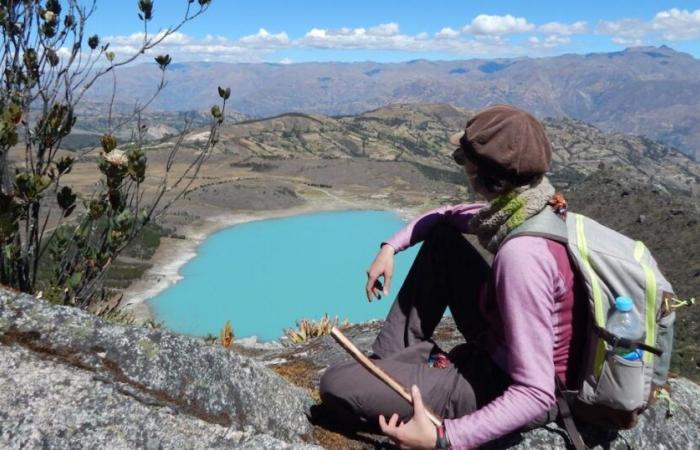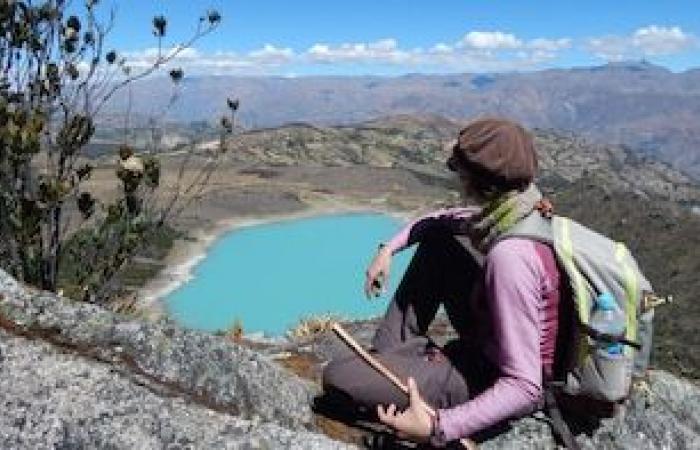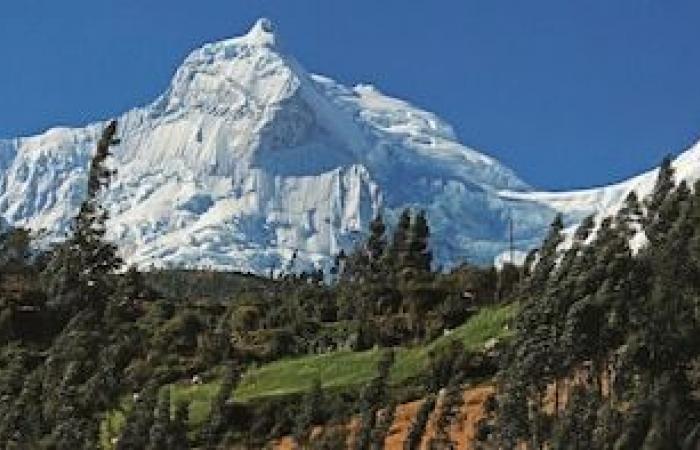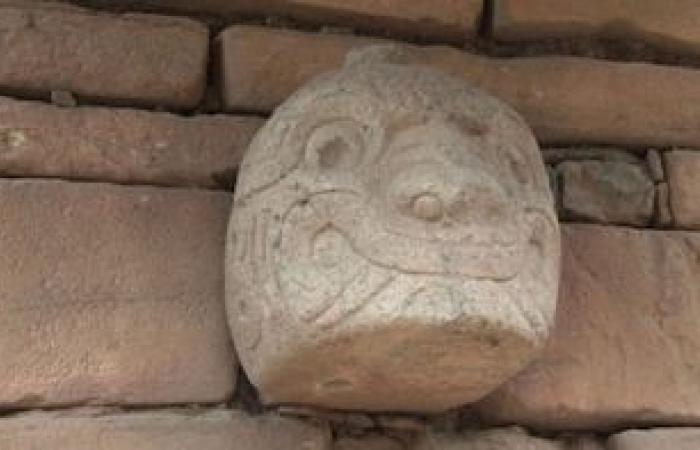Peru has been a destination revered by its majestic landscapes for decades, from the imperial heights of the Cusco even the archaeological treasures of Lambayeque or the imposing volcanoes of Arequipa. However, this time, it has been another region that captured International reflectors: Áncash, snowy peak land, millenary civilizations and living memories that emerge between the Andes.
In an informative note, the magazine National Geographic He dedicated special praise to the Huaraz capital for his privileged location in full White mountain rangeits landscape beauty and its spiritual connection with the Andean dawn. The city is described as the ‘Peruvian Switzerland’, not only for its beautiful panoramas, but also because of its natural serenity and harmony.
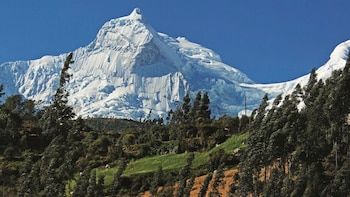
The publication highlights the temporary depth of the history of this region, since the human presence dates back to prehistory with findings in the Guitarrero cave. However, it was the devastating earthquake of May 31, 1970, 7.7 degrees on the Richter scale, which marked an indelible page in its collective memory.
That day, the portal recalls that the detachment of a wall of the snowy Huascarán buried the city of Yungay almost completely. Today, the Holy countryside is erected as a space of memory and dignity, where the Christ Redeemer is kept intact, some palm trees and monumental remains of the disaster.
The magazine puts special emphasis on the archaeological site of Chavín de Huántar, one of the most relevant religious epicenters of the old Peru, included in the world Cultural Heritage list for UNESCO.
National Geographic It emphasizes that the imposing story of this tourist place “is revealed through platforms, stairs, squares and atriums that allowed to house hundreds of people while passages, galleries and underground ducts were used by the priests who directed the cult.”
-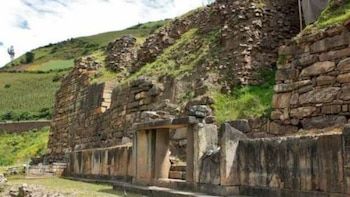
“Chavín de Huántar is a cultural landscape symbol of Peru that links the past and the present, because it speaks of the origins of Andean civilization,” reads the publication of the prestigious international medium.
In its vicinity, the Chavín National Museum Custody Treasures of this civilization, including the famous cable heads: stone sculptures with zoomorphic and human faces that decorated the temples. There is also the representation of the Lanzón de Chavín, a carved figure of more than four meters with human and animal features, considered the most relevant pre -Hispanic sculpture in the Andean world.

In addition, the magazine highlights the Francisco González Pinacoteca, part of this tourist center, houses works focused on “The Andean Landscape and Culture”, which reflect how Áncash remains an archaeological and artistic reference.
National Geographic also stands out to Huascarán National Parkrecognized as a World Heritage for UNESCO since July 1, 1975, with the purpose of preserving its rich biodiversity. According to the note, this tourist site is “surrounded by imposing glaciers, lakes and an imposing fauna and vegetation, it has 530 snowfalls – among which are 65 snowfalls that exceed 6000 meters and 30 that exceed 5000 meters high – and 410 lagoons, of which, some can be visited on trekking routes (one day or several) waters “
“Give Trekking routes adapted to all levels, rock climbing or ice, kayak, cycling, athletics, rappelling or camping“, Read in the informative note.
With this publication, this international portal not only places Ancash on the world tourism map, but also claims it as an integral destination that combines ancient history, extreme nature, collective pain and eternal beauty.

